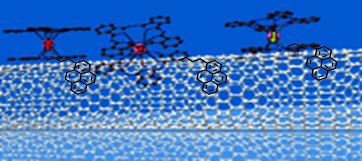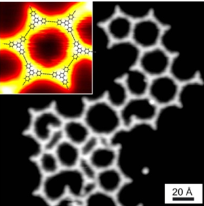Supramolecular Materials (PI: Svetlana Klyatskaya)
Hierarchical surface-confined self-assembly
Molecular systems can be assembled by a surface-confined read-out process of the information from their components (organic molecules, metal ions, complexes, etc.) expressing hierarchy, functionality and complexity at the organizational level.
 |
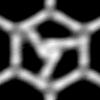 |
 |
|
hierarchy |
functionality |
complexity |
Self-organization close/far from equilibrium
The crossover to real self-organization occurs in organizational processes close to the equilibrium by emergence of features as self-recognition, self-correction and self-selection. Out-of equilibrium complex systems are under investigation.
|
Close-to-equilibrium self-organization |
From self-adapting materials to devices
Spin transition (ST) materials based on Functional Molecules adapt their properties (spin state, magnetic susceptibility and anisotropy, unit cell parameters, absorption coefficient, etc.) to external parameters as temperature, light or pressure. Magnetic molecules are assembled on conductive substrates and between electrodes exploit their adaptive behavior.
|
|
|
|
|
Adaptable Materials |
Fe(II) Spin Transition |
TbPc2 – SMMs |
Surface-Confined C-C Couplings – 2D Graphdiynes
Aromatic molecules with ethynyl bonds at their periphery are C-C coupled by a surface-catalyzed reaction to 2D Graphdiynes, a new 2D-Nanocarbon material partially consisting of sp-carbon atoms (in collaboration with J.V Barth, München).
|
2D Graphdiynes |

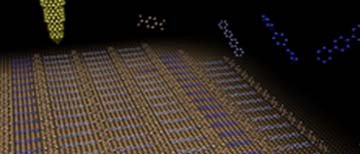
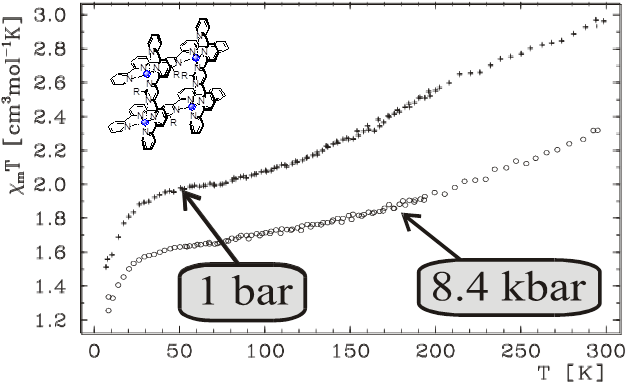
_spin_transition.jpg)
